What Is Pain and Suffering?
While physical injuries refer to pain, suffering refers to the emotional and mental strain endured by accident victims.
Mood swings, post-traumatic stress disorder, and even a loss of enjoyment in life can all result from the emotional distress caused by the accident. This suffering can hinder an individual’s ability to recover and regain the quality of life they once had.
Understanding the magnitude of pain and suffering is vital for accident victims seeking compensation for their injuries.
Physical Injury and Pain After a Rear-End Accident
One of the most common physical injuries experienced after a rear-end accident is neck pain. Whiplash, a condition caused by the sudden jerking motion of the head and neck, can result in stiffness, soreness, and reduced mobility. This condition can persist for weeks or even months, interfering with the victim’s ability to carry out routine tasks and enjoy a pain-free life.
Chronic pain is another consequence of a rear-end accident. It refers to pain that persists for an extended period, even after the initial injuries have healed.
Chronic pain can affect various areas of the body, such as the back, joints, or muscles, and can significantly impact a person’s quality of life. It may result in limitations in mobility, difficulty in performing physical activities, and overall discomfort on a daily basis.
Pain affects not only physical well-being but also mental and emotional health. A medical professional can provide necessary therapies, pain management strategies, and rehabilitation exercises to help alleviate pain and aid in the recovery process.
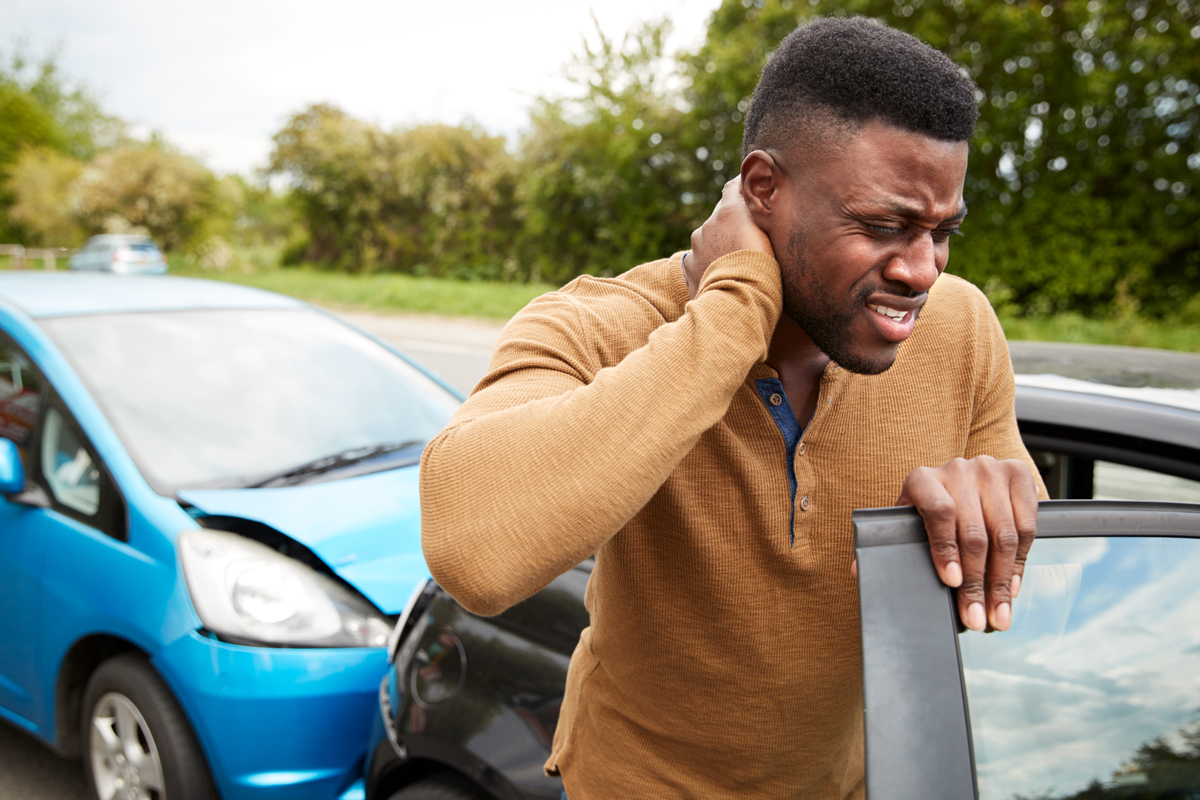
Dealing with Emotional Impact on Daily Life Post-Accident
Dealing with the emotional impact of a rear-end accident is just as important as addressing physical injuries.
One common emotional effect is post-traumatic stress disorder (PTSD). This is a mental health condition that can develop after experiencing or witnessing a traumatic event, such as a car accident.
Individuals who experience a serious motor vehicle accident (MVA) are at increased risk for psychological problems, particularly Posttraumatic Stress Disorder (PTSD). [1]
Symptoms of PTSD can vary, but may include flashbacks, nightmares, severe anxiety, and mood swings. These symptoms can be overwhelming and can interfere with a person’s ability to function in their everyday life.
The emotional pain and suffering caused by a rear-end accident can also lead to a loss of enjoyment of life. Activities that were once pleasurable may no longer bring the same level of joy or satisfaction. Simple tasks like going for a drive or participating in physical activities may now induce anxiety or fear.
It is important for accident victims to seek emotional support to cope with the challenging emotions they may be experiencing. This can be achieved through therapy or counseling sessions with a mental health professional who specializes in trauma and accident-related issues.
Building a strong support system is another essential aspect of dealing with the emotional impact of a rear-end accident. Friends, family, and loved ones can provide a listening ear, offer comfort, and be a source of encouragement during this difficult time.
Sharing feelings and experiences can help alleviate the burden of emotional pain and make the recovery process more manageable.
Healing emotionally takes time and patience. Each individual’s experience and recovery process will be unique, and it is essential to be kind to oneself throughout this journey.
Rear-end collisions accounted for 32.5% of all motor vehicle collisions in 2019, according to the National Highway Traffic Safety Administration (NHTSA). They were more common than any other type of crash and were responsible for around 7% of all accident fatalities and 31.1% of injuries. [2]
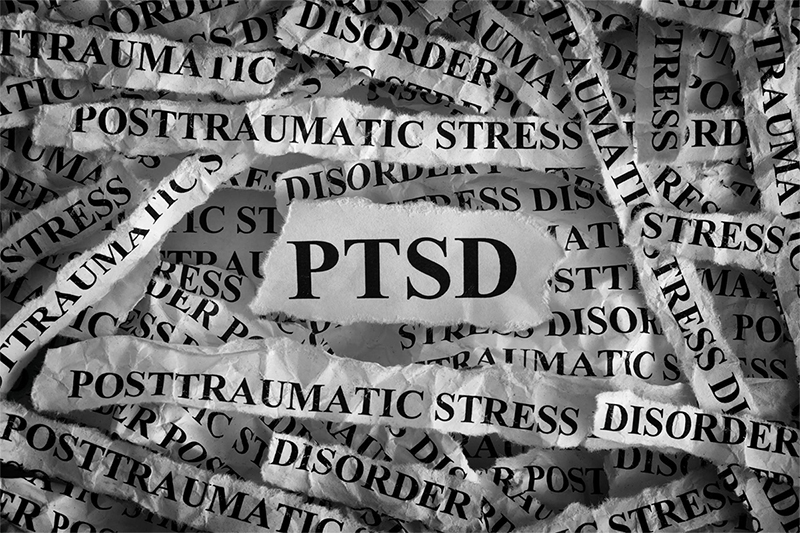
Coping Mechanisms for Restoring Enjoyment in Everyday Life Post-Accident
Dealing with pain and suffering after a rear-end accident can take a toll on our emotional well-being, and one of the significant challenges we may face is a loss of enjoyment in everyday life. The activities we once found pleasurable may no longer bring the same level of joy or satisfaction.
However, it is possible to restore that sense of enjoyment and find new ways to appreciate life. Here are some coping mechanisms that can help in the process:
Explore new passions and hobbies:
Engaging in activities that bring us joy and purpose can help restore a sense of enjoyment in our lives. Take some time to explore new passions and hobbies that align with your interests.
It could be anything from painting and cooking to outdoor activities like gardening or hiking. By immersing ourselves in these activities, we can begin to rediscover the simple pleasures in life.
Practice mindfulness and self-care:
Prioritizing self-care and mindfulness can significantly contribute to restoring enjoyment in everyday life. Set aside some time each day for activities that promote relaxation and well-being, such as meditation, yoga, or even taking a long bath.
These practices can help reduce stress, increase self-awareness, and cultivate a positive mindset.
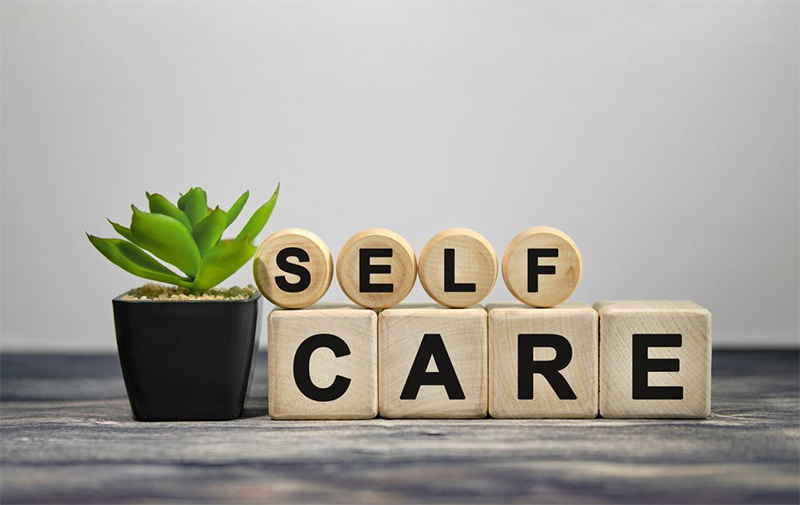
Connect with loved ones:
Surrounding ourselves with a supportive network of friends and family is important for emotional healing. Reach out to your loved ones and spend quality time with them, whether it’s going out for a meal, watching a movie, or simply having a heartfelt conversation.
Sharing laughter, love, and support can help lift our spirits and remind us of the joy that comes from human connection.
Seek professional help:
If you find it challenging to cope with emotional pain and restore a sense of enjoyment in your life, seeking professional help is an important step.
Consider reaching out to a therapist or counselor who specializes in trauma and accident-related issues. They can provide guidance, tools, and techniques to help you navigate through the emotional aftermath of the accident.
Practice gratitude:
Cultivating a mindset of gratitude can have a profound impact on our overall well-being. Each day, take a moment to reflect on the things you are grateful for. It could be something as simple as a beautiful sunset, a delicious meal, or a kind gesture from a stranger.
Focusing on the positive aspects of life can shift our perspective and bring a renewed appreciation for the small joys we may have overlooked.

How to Relieve Muscle Pain After a Car Crash
Ice and Heat
Apply ice and heat therapy: Using ice and heat therapy can help alleviate muscle pain and reduce inflammation. In the first few days following the crash, apply an ice pack wrapped in a cloth to the affected area for 15-20 minutes every few hours.
This helps reduce swelling and numbs the area. After a few days, when the acute phase has passed, you can switch to using a heating pad or warm compress to promote blood flow and relaxation in the muscles.
See a Doctor
Seeing a doctor is particularly important if you experience any of the following symptoms:
Pain and discomfort: If you are experiencing any pain, discomfort, or stiffness, it’s essential to have a medical professional evaluate your condition. They can help determine the cause of your symptoms and develop an appropriate treatment plan to alleviate your pain and promote healing.
Headaches and dizziness: Headaches and dizziness can be signs of a concussion or other head injuries, which should not be taken lightly. A doctor can assess your symptoms and provide guidance on the next steps to ensure your head is properly examined.
Neck and back pain: Rear-end accidents can often cause whiplash, which can lead to persistent neck and back pain. A healthcare professional can perform a thorough examination, which may include specialized tests, to diagnose and treat any underlying cervical or spinal injuries accurately.
Emotional distress: Car accidents can take a toll on your mental health as well. If you are experiencing symptoms of post-traumatic stress disorder (PTSD), anxiety, depression, or mood swings following a rear-end accident, seeking professional help is crucial.
Remember, seeing a doctor after a rear-end accident is not only essential for your well-being but also important for documenting your injuries and ensuring you receive the necessary medical treatment.
This documentation will be crucial when filing insurance claims or pursuing a personal injury lawsuit to seek compensation for your injuries and related expenses.
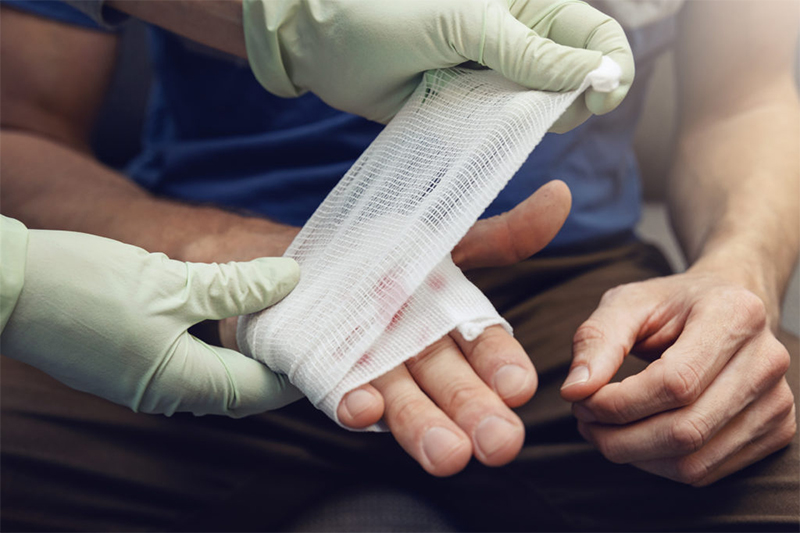
Rest
Here are some tips for incorporating rest into your daily life after a rear-end accident:
Listen to your body: Pay attention to how your body feels and the level of pain or discomfort you experience. If you feel tired or in pain, honor those signals and give yourself permission to rest.
Follow medical recommendations: Your healthcare professional will provide specific instructions regarding rest and activity levels based on the severity of your injuries. It is important to follow their advice and not push yourself too hard too soon.
Create a comfortable environment: Make your home or bedroom a comfortable space where you can relax and rest. Keep the room temperature cool, use soft pillows and blankets, and remove any distractions that may prevent you from getting adequate rest.
Practice good sleep hygiene: Establish a regular sleep schedule and create a relaxing bedtime routine. This may include avoiding electronics before bed, creating a calming atmosphere, and engaging in relaxation techniques, such as deep breathing or meditation.
Utilize pain management techniques: If you are experiencing pain or discomfort, speak with your healthcare professional about appropriate pain management techniques. This may include over-the-counter pain relievers, hot or cold therapy, or specific exercises or stretches to alleviate pain.
Pace yourself: When you begin to resume your daily activities, ensure you pace yourself. Take breaks when needed, avoid overexertion, and prioritize rest periods throughout the day to prevent worsening of symptoms.
Seek support: Don’t be afraid to ask for help from friends, family, or support groups. They can assist you with daily tasks, provide emotional support, and help alleviate some of the stress associated with your recovery.
Stay Hydrated
Here are some reasons why staying hydrated is important and tips to incorporate it into your daily life post-accident:
Promotes Healing: Hydration plays a significant role in the healing process. Water helps transport nutrients and oxygen to injured tissues, aiding in their repair and regeneration. Staying hydrated promotes healthy blood circulation, which can reduce inflammation and swelling, two common issues following a rear-end accident.
Relieves Pain and Discomfort: Dehydration can intensify pain and discomfort, as it contributes to muscle cramps and stiffness. By keeping your body properly hydrated, you can potentially alleviate these symptoms and find some relief. Water acts as a lubricant for your joints and can help ease any joint pain or flare-ups from your accident.
Supports Mental Health: Dealing with pain and suffering after a rear-end accident can take a toll on your mental well-being. Research has shown a link between dehydration and mood swings, fatigue, and even cognitive decline. By staying hydrated, you can help maintain a stable and positive mindset during your recovery.
Now that you understand the importance of staying hydrated, here are some practical tips to incorporate it into your daily life:
Keep a Water Bottle Handy: Always have a refillable water bottle with you, whether you’re at home, work, or out running errands. Having water readily available will serve as a reminder to drink regularly throughout the day.
Set Hydration Goals: Aim to drink a specific amount of water each day. This could be the commonly recommended eight glasses of water, or you can consult with your healthcare professional to determine the appropriate amount based on your individual needs.
Drink Before You’re Thirsty: Thirst is a sign that your body is already dehydrated. To stay ahead of it, make a conscious effort to drink water even before you feel thirsty. Set reminders or use smartphone apps to prompt yourself to drink at regular intervals.
Infuse Water with Flavor: If you find plain water unappealing, consider adding natural flavors like slices of fruits or herbs to your water. This can make it more enjoyable and encourage you to drink more.
Monitor Your Urine Color: One of the easiest ways to assess your hydration level is by checking the color of your urine. Ideally, it should be pale yellow or clear. Darker-colored urine may indicate dehydration, so increase your water intake accordingly.
Track Your Intake: Use a journal or mobile app to log your daily water consumption. This will help you stay accountable and provide a visual representation of your progress.

Physical Therapy
Physical therapy, also known as physiotherapy, offers a comprehensive approach to treatment, with the goal of restoring patients to their pre-accident level of physical well-being.
One of the primary objectives of physical therapy is pain management. After a rear-end accident, accident victims often suffer from acute or chronic pain in areas such as the neck, back, shoulders, or knees.
Physical therapists utilize various techniques, including manual therapy, therapeutic exercises, and modalities like heat or cold therapy, to alleviate pain and promote healing.
These treatments address the underlying causes of pain, such as muscle imbalances, inflammation, or restricted range of motion.
In addition to pain management, physical therapy focuses on improving mobility and restoring functionality. Rear-end accidents can result in a range of physical impairments, such as limited range of motion, muscle weakness, or balance issues.
Physical therapists develop personalized exercise programs that target these specific areas, helping accident victims regain their strength, flexibility, and coordination. These exercises may include stretching, strengthening exercises, balance training, and functional movements that simulate daily activities.
Physical therapy also plays an important role in preventing secondary complications and minimizing the risk of long-term disability. After a rear-end accident, individuals may experience muscle stiffness, joint instability, or reduced muscle strength due to immobility or prolonged bed rest.
Physical therapists employ techniques such as manual therapy, joint mobilization, and therapeutic exercises to address these issues and prevent further complications. They also educate patients on proper body mechanics and ergonomics to avoid future injuries or strain, both during rehabilitation and in everyday life.
Physical therapists not only focus on the physical aspects of rehabilitation but also consider the psychological and emotional well-being of their patients.
They provide a supportive and compassionate environment, encouraging open communication and addressing any psychological barriers or concerns that may hinder progress.
By incorporating techniques like relaxation exercises, and stress management, physical therapists aid in the emotional recovery of accident victims.
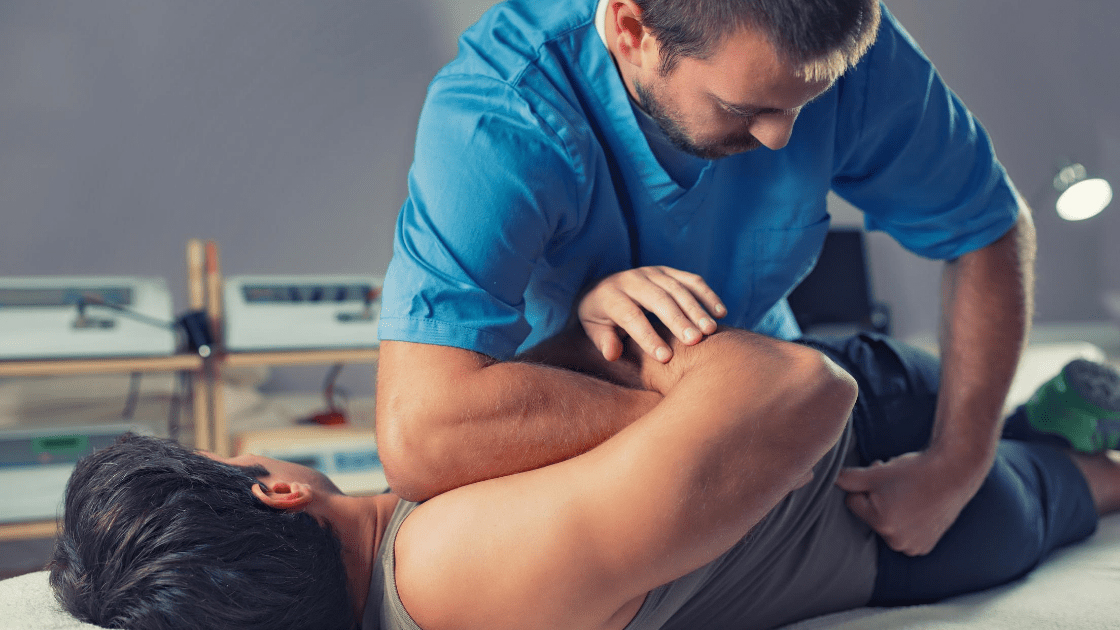
Massage Therapy
One of the primary advantages of massage therapy is its ability to alleviate physical pain. After a rear-end accident, accident victims may experience muscle tension, stiffness, or soreness in areas such as the neck, back, or shoulders.
Massage therapists use various techniques, including kneading, stretching, and applying pressure, to target these specific areas of discomfort. By manipulating and relaxing the muscles, massage therapy helps release tension, reduce inflammation, and improve blood flow to promote healing. This can significantly reduce pain and enhance the overall recovery process.
In addition to pain relief, massage therapy also plays a valuable role in improving mobility and restoring range of motion. Rear-end accidents can often result in restricted movement, muscle imbalances, or joint stiffness.
Through targeted massage techniques, therapists can help loosen tight muscles, release any adhesions or scar tissue, and increase flexibility. This allows accident victims to regain their mobility, perform daily activities with more ease, and prevent future complications.
This natural therapy promotes the release of endorphins, the body’s natural painkillers and mood enhancers, helping accident victims feel a sense of relaxation, well-being, and overall mental balance.
Massage therapy is recognized for its ability to enhance sleep patterns, which can be advantageous for the process of healing and recovery. Many individuals who have experienced accidents frequently face challenges with sleep, which may be attributed to physical discomfort or emotional distress.
Massage therapy should be performed by a licensed and experienced professional who understands the specific needs and limitations of accident victims. They will tailor the massage techniques and pressure to suit individual cases and focus on areas of concern, such as neck injuries or chronic pain.
Filing a Claim for Pain and Suffering After a Rear End Accident
A rear-end accident can leave you with physical injuries, medical bills, and emotional pain. Here are some tips for filing a claim for pain and suffering after a rear-end accident.
Seek Medical Attention:
Your health and well-being should always be the top priority. Seek immediate medical attention after the accident, even if you don’t feel any pain at first. Some injuries, like whiplash or internal injuries, may not present symptoms right away. A thorough medical examination will not only ensure your well-being but will also provide important documentation for your claim.
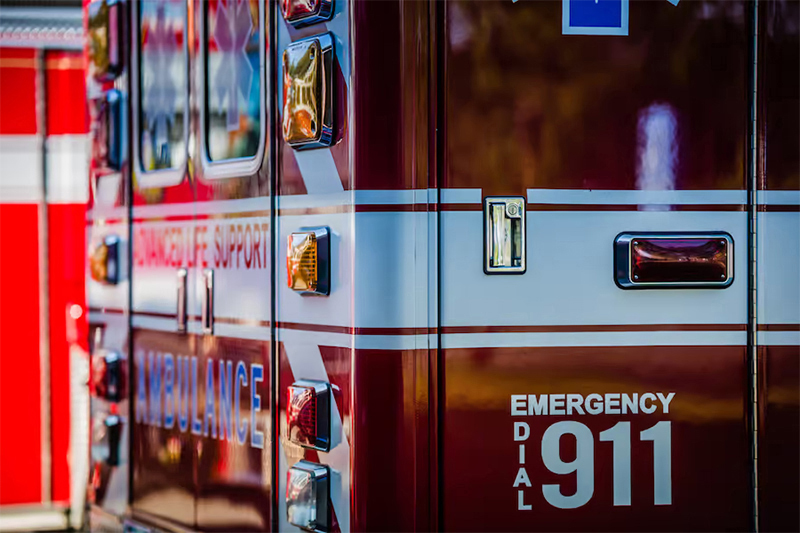
Gather Evidence:
Collect as much evidence as possible to support your claim for pain and suffering. Take pictures of the accident scene, your vehicle’s damage, and any visible injuries. Obtain a copy of the police report, if available, and gather contact information from any witnesses. This evidence will strengthen your case and help demonstrate the extent of your suffering.
Consult with an Experienced Attorney:
It’s important to consult with a personal injury attorney who specializes in rear-end accidents. They will guide you through the legal process, protect your rights, and ensure you receive the maximum compensation you deserve. An experienced attorney will navigate insurance claims and negotiate with insurance adjusters on your behalf, taking the burden off your shoulders.

Keep a Pain Journal:
Document your pain and suffering in a journal. Include details about the physical pain, emotional distress, and any impact on your daily life or enjoyment of activities. Note any medical treatment, therapy, or medication you require due to the accident. This journal will serve as evidence and provide an accurate record of your pain and suffering for your claim.
Understand Non-Economic Damages:
Pain and suffering fall under non-economic damages, which can include physical and emotional pain, loss of enjoyment of life, mental anguish, and more. These damages can be challenging to quantify, as they don’t have a set dollar value. Your attorney will work to calculate a fair compensation amount based on your individual circumstances.
Document Other Economic Damages:
In addition to pain and suffering, you may be entitled to compensation for medical bills, property damage, lost wages, and other economic damages. Keep all receipts, medical records, and employment documents related to your accident and injuries. Your attorney will ensure that all these damages are accounted for in your claim.
Have you been in a rear-end accident and are now dealing with pain and suffering? It’s time to take action and get the help you need.
Goldberg & Loren are here to offer you tips and guidance on how to deal with the aftermath of your accident. With years of experience in personal injury law, we understand the physical and emotional toll that a rear-end accident can have on you.
By reaching out to Goldberg & Loren, you can have peace of mind knowing that you have a dedicated team of experts fighting for your rights. Reach out today to schedule a free consultation and start taking the necessary steps toward healing and getting the compensation you deserve. Don’t suffer in silence; let Goldberg & Loren be your advocate during this difficult time.
Sources:
[1] Beck, J. G., & Coffey, S. F. (2007, December 1). Assessment and treatment of posttraumatic stress disorder after a motor vehicle collision: Empirical findings and clinical observations. Professional Psychology: Research and Practice; American Psychological Association. https://doi.org/10.1037/0735-7028.38.6.629
[2] Bieber, C. (2022, July 19). Rear-End Collisions: Fault & Compensation. Forbes Advisor. https://www.forbes.com/advisor/legal/auto-accident/rear-end-collision/

